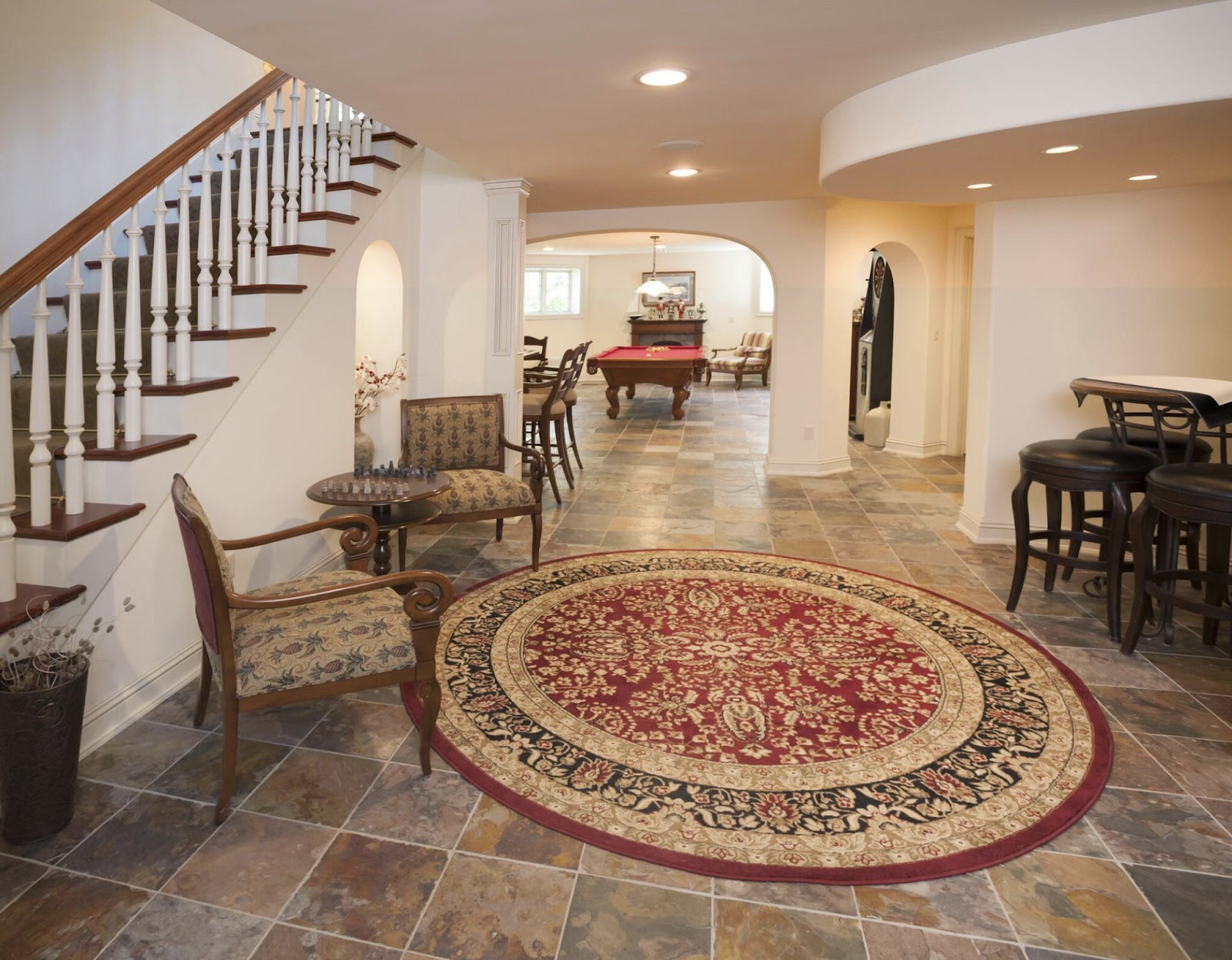
Custom-made rugs involve skilled craftsmanship and will follow specific planning with meticulous attention. Creating a custom rug combines traditional craftsmanship with modern techniques, creating a unique piece of art. The intricate process of custom-made rugs from design conception to the final product is a marvellous adventure made up of delicate steps, details, choices, and artistic touches to preserve the uniqueness of the result. We will walk you through the steps your custom-made rugs will follow before arriving at your home.
Design Consultation
This first step is the most important and also an exciting one! You will be choosing, together with your source of inspiration, the future design of your custom-made rug. Your rug designer will put existing designs at your disposal to customise, recommend a brand new design, or be there to accompany you with your idea and choice. Some companies may use different tools like hand-drawn sketches, computer-aided design software, or digital design platforms to help you represent your future rug accurately. Ask for an artwork presentation before signing for your rug’s process. That way, you will get the piece of art of your dream.
Material selection
You will be choosing the textures you wish to get for your rugs. Your rug designer will offer different wool, silk, bamboo, cotton, and textured yarn panels. The choice of material will give a further aspect of feeling and durability to your rugs. Please discuss with your hand designer your expectations and the fibre quality they used. Tend to go for the highest quality standards to enhance your custom-made rugs’ lifespan.
Colour dyeing
Your rug designer will pay much attention to the colours you choose so they match and complement the entire piece. The dyeing process results in a careful mix and application of dyes to get the colours you desire together with your designer. The artisans will consider the type of fibre material as they answer differently to the dyeing process. You can discuss the colour dyeing method they use with your rug designer. The traditional dyeing method is made by hand and with natural pigment, while modern techniques use a machine.
Setting the loom
It is a crucial step set by skilled weavers and artisans focused on creating a stable foundation for weaving. It involves preparing the framework that holds the warp under tension to build the foundation for the weaving process. It is a precise and intricate task that requires attention to detail and careful measurement. The loom set is a foundational step in the creation of your rugs, as its precision will influence the overall quality and appearance of the final product.
Hand-knotting or weaving
The weaving is the process where artisans weave each rug section following your design. That is a very meticulous step and requires skills mastered by the craftsmanship. Weaving is faster and gives less attention to details when the hand-knotting process is time-consuming but with much precision. Hand-knotting will provide exceptional custom-made rugs with intricate patterns and unique details.
Finishing touches
Once your rugs have been processed, they surely need finishing touches to enhance the perfection of the product. These touches include trimming excess fibres, washing to remove any dye or impurities, and blocking to have a flat and even surface. Discuss with your rug designer if you want to have the edges of your rugs bound or fringed. Then, the rug manufacturer will process rigorous quality control measures like colour consistency and knot density.
Delivery and installation
Your final product is ready to be delivered to your place. Your custom-made rug will be installed by the company, enhancing the overall design of your room.
Interesting Related Article: “Transforming Rooms with Art Deco Wallpaper Patterns“

